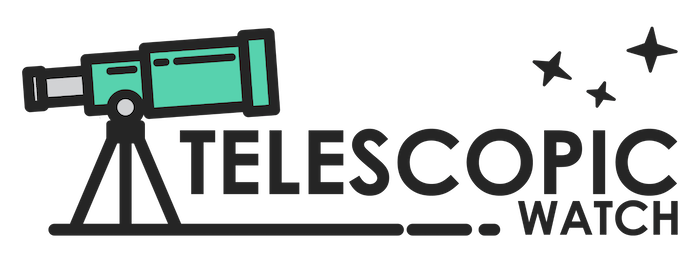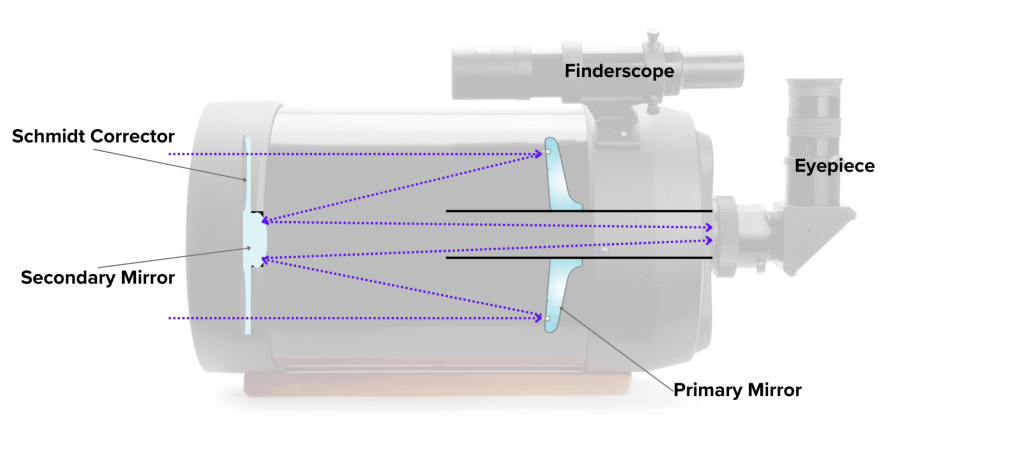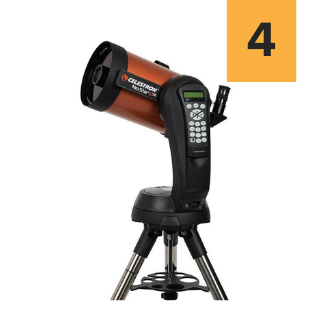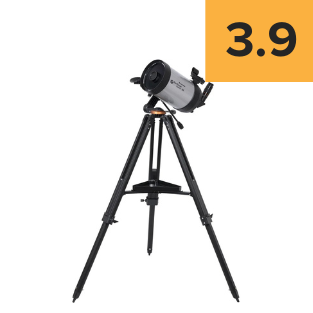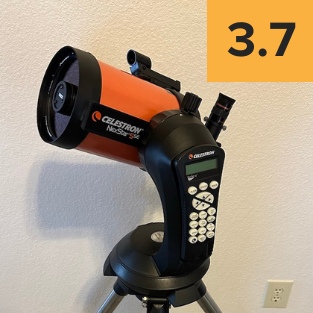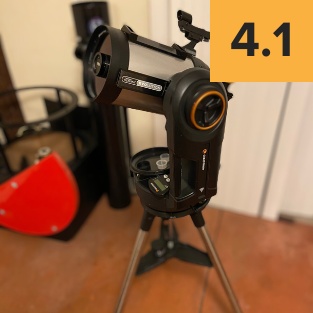Rank Category: SCTs Between £2000 and £2500
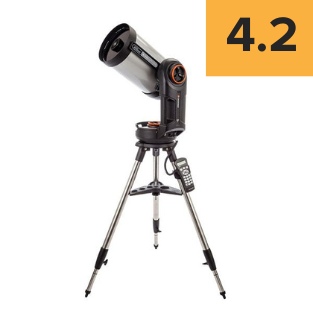
The Evolution mount provides a rock-solid support for the 8” optical tube; the same cannot be said of the cheaper alt-azimuth GoTo mounts provided with some other models.
The same accessories as the 6” Evolution are provided with the 8” model. However, the C8 would really benefit from a 2” diagonal and accessories to get the widest field possible at low magnifications, so I’d definitely recommend adding one if you can.
I also like that the 8” Evolution can still be transported on a plane as with the 6” model, but I need to put the mount head in luggage and only bring the tube as a carry-on.

The AVX is a computerised GoTo mount that tracks on an astrophotography-friendly equatorial axis instead of an alt-azimuth like the NexStar Evolution. However, setting it up does require more assembly and effort than an alt-azimuth mount.
The whole AVX 8″ SCT package is a bit more cumbersome to transport as well. But once set up, the Advanced VX 8” works great for lunar and planetary astrophotography. For deep-sky astrophotography with a DSLR or cooled camera, a focal reducer and autoguider are necessary to get good results. So make sure to factor those into your budget as well.
Not a lot is included with regard to accessories, and you’ll want to purchase at least a few additional accessories to get the most out of this instrument, whether it’s for visual astronomy or astrophotography.
Rank Category: SCTs Between £2500 and £3000
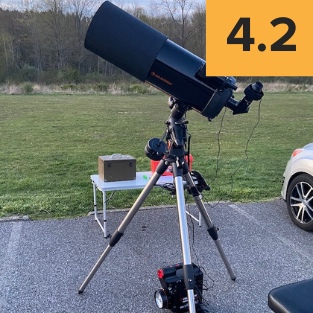
The C9.25’s slightly different optical design makes it a bit easier to focus, and some claim it has better optics too, though I think this is partly due to the slightly more lax collimation tolerances of the scope.
As with the 8” Advanced VX kit, not a lot is included with regard to accessories.
The C9.25 is about at the limit of what the VX can hold, and as such it isn’t really usable for deep-sky astrophotography, but shots of the Moon and planets are perfectly doable. From my experience, the AVX mount works best with a scope smaller and shorter in focal length than the C9.25, such as a 4” refractor or 6” Newtonian reflector.
